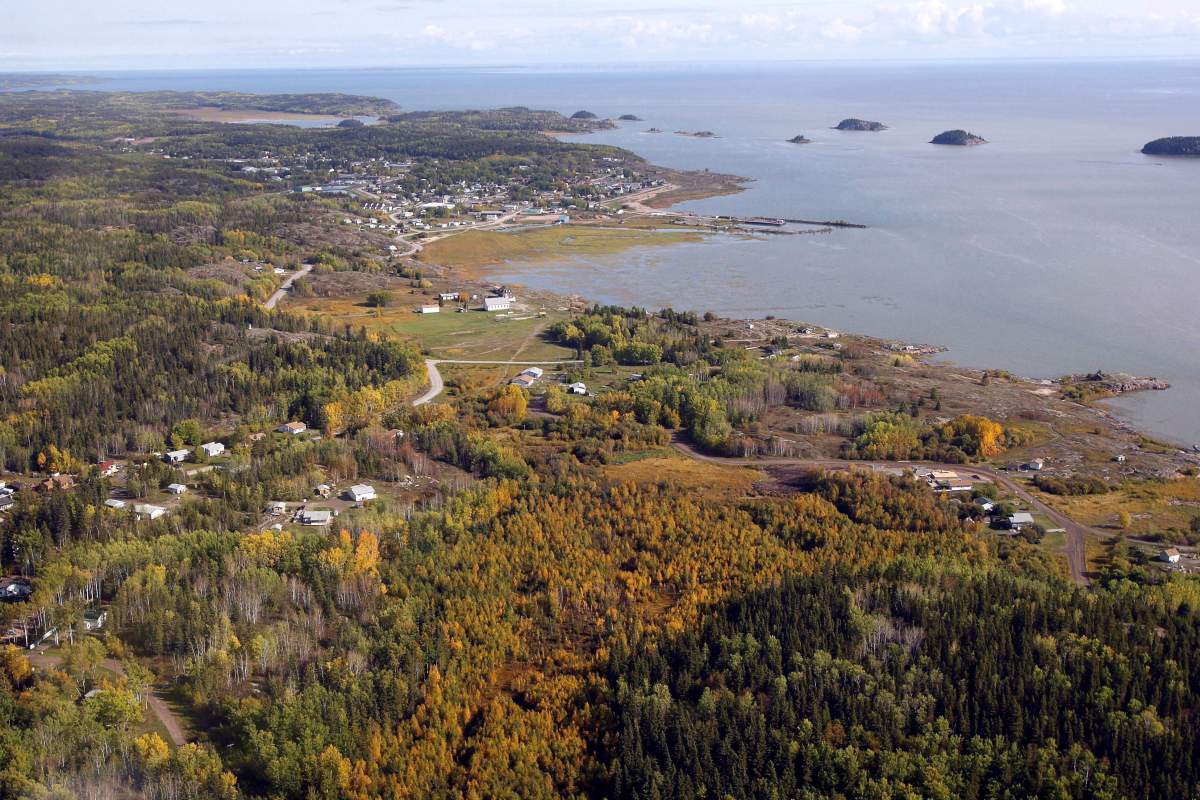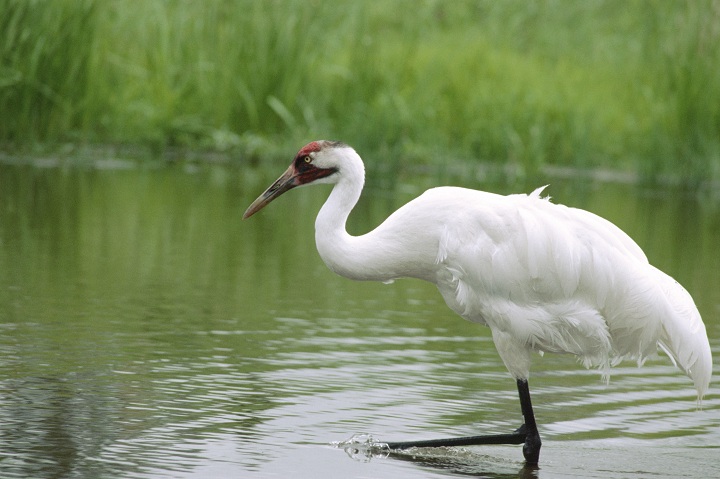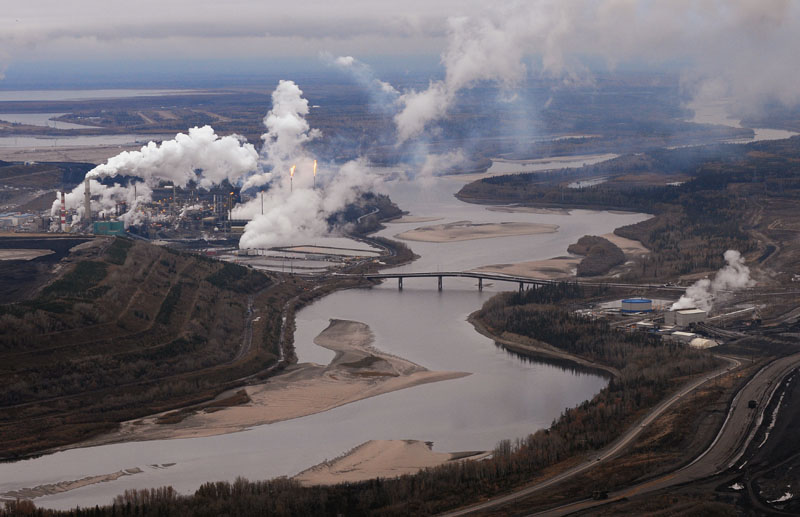Federal documents echo earlier concerns that Canada’s largest national park faces long-term threats that have placed it on a list of endangered world heritage sites.

An environmental assessment provided to UNESCO says oilsands activity, climate change and hydro development are fundamentally changing the environment of Wood Buffalo National Park in northern Alberta.
READ MORE: Wood Buffalo World Heritage Site ‘significantly threatened’: international scientists
The Parks Canada report’s executive summary suggests things are getting worse in the Peace-Athabasca Delta.
“Desired outcomes for the world heritage values are not being met,” it says.
Wood Buffalo covers almost 45,000 square kilometres of grasslands, wetlands and waterways — one of the world’s largest inland deltas. Billions of migratory birds from four continental flyways converge there to breed.
It is the world’s only breeding ground for endangered whooping cranes and home to the largest herd of free-ranging wood buffalo left anywhere. First Nations have depended on the area for generations for cultural and physical sustenance.

Get daily National news
READ MORE: Deadline set for Canada to improve national park in Alberta or risk UN calling it ‘in danger’
It became a World Heritage Site in 1983. But in 2014, the Mikisew Cree filed a complaint to UNESCO that Wood Buffalo’s environmental values were being degraded.
UNESCO investigated in 2016 and last year put the park on its list of endangered sites. It issued a report with 17 recommendations and gave Canada until this year to explain how it would step up conservation efforts.
READ MORE: UNESCO issues warning about Wood Buffalo National Park
Both Canada and Alberta have made submissions to UNESCO meetings taking place this week in Bahrain.
Although a complete assessment of the threats to the park has been provided to UNESCO, a copy was not made immediately available. Parks Canada has posted the executive summary on its website.
It warns of declining water quantity and quality.
“Flow rates in the Peace River have become less variable due to flow regulation on the river and (past) climate change, resulting in decreased summer flows and increased winter flows,” it says.
“Seasonal flows in the Athabasca River have declined over the past 50 years due to a combination of increased water withdrawals and (past) climate change.”
READ MORE: Groups want Wood Buffalo National Park on list of World Heritage Sites in danger
Indigenous people no longer drink from the rivers or lakes, the report says. Deformed fish show up in nets. High levels of mercury have been found in fish and bird eggs.
The report says hydroelectric development, oilsands, pulp and paper facilities, industrial mines, forestry and municipal development are all likely to affect the park in future.
Alberta’s energy regulator has just approved Prosper Petroleum’s Rigel oilsands mine upstream. A project by Teck Resources is also being considered.
Some aspects of the park are healthy, says the environmental assessment. Salt plains and boreal grasslands are stable, while the whooping crane population continues to increase.
READ MORE: UNESCO designates 22 new World Heritage sites to list of protected
Alberta has made proposals to area First Nations on park management.
In a draft document obtained by The Canadian Press, the province offers them a co-management role in newly created provincial parks that ring Wood Buffalo. It also promises an increased role for traditional knowledge.
“Alberta is actively exploring the inclusion of traditional knowledge into land-use planning, environmental monitoring and assessments, wildlife conservation, protected areas, and decision-making … in collaboration with Indigenous Peoples,” it says.
UNESCO will consider the submissions this week during the meetings in Bahrain. Representatives from at least two Alberta First Nations are there.





Comments